Photographer Danny Lyon: I was told ‘You can’t look at Tom Hardy – he doesn’t like it’
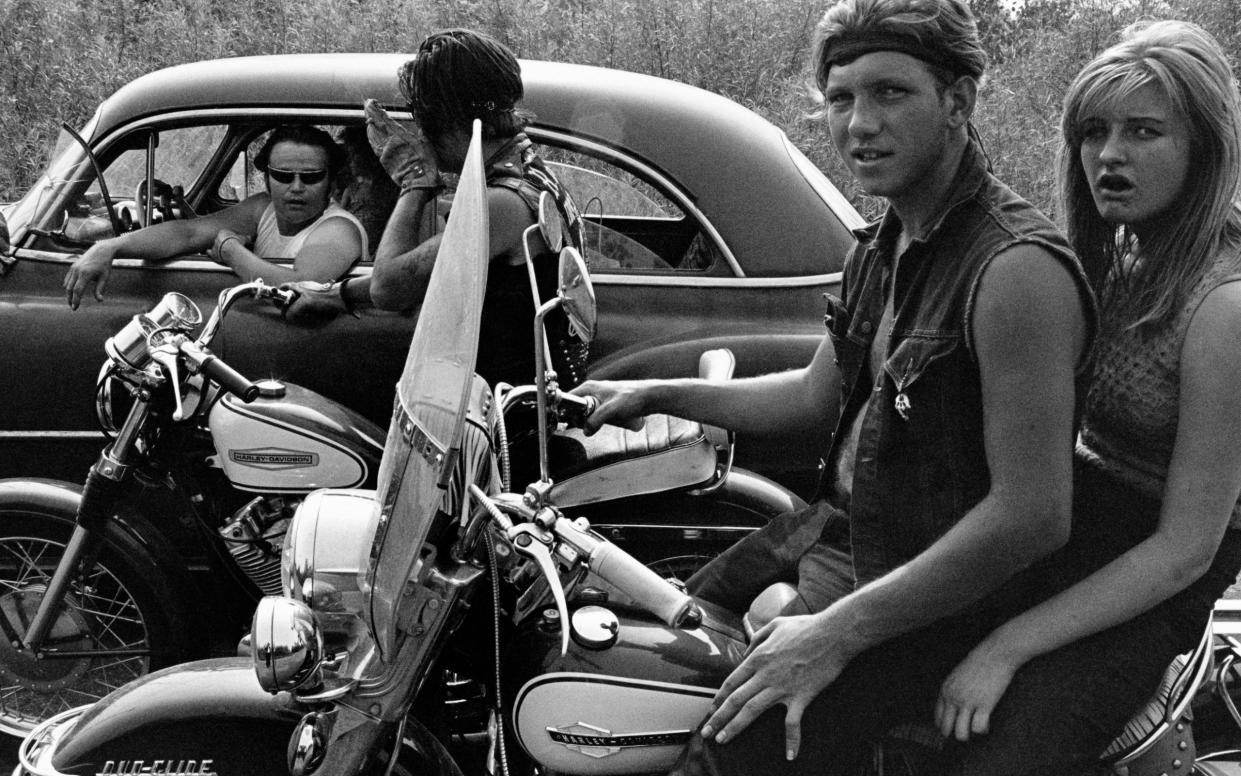
There are moments in the pho-to-grapher Danny Lyon’s transfixing new memoir when it seems almost impossible that one man can have fitted so much into his 81 years (and counting). “When I went south in 1962, it was because I knew a great historical event was occurring,” Lyon writes in This Is My Life I’m Talking About, describing how, when barely out of his teens, he set off to photograph the fight for civil rights. Weeks later, he could be found locked up in a basement cell in Albany, Georgia, 60ft from Martin Luther King, in the segregated section of the jail.
Can this be the same Zelig-like figure, one wonders, who writes about his time inside the Hells Angels-style Chicago Outlaws Motorcycle Club from 1963 to 1967, which he documented for a near-legendary book, The Bikeriders (1968), that has now inspired a Hollywood film of the same name, starring Austin Butler, Jodie Comer and Tom Hardy? The same Lyon who befriended murderers in Texas prisons to photograph the groundbreaking collection Conversations with the Dead (1971)? The same man who could be spotted in the late 1960s roaming the historic, abandoned buildings of old New York, braving hostile demolition crews, who threatened to throw him from their roofs, as he captured The Destruction of Lower Manhattan (1969)? In the end, even they warmed to him. “I really like people,” he tells me, “I got friendly with them.”
That’s not hard to believe. Lyon has an easy way about him; he’s a natural storyteller with a puckish sense of humour. To read his latest book is to encounter a character who could have stepped out of a Jack Kerouac novel, one of “the mad ones… who burn, burn, burn”, and who is now chatting to me from his home in New Mexico, huddled in his studio because “it’s too cold to sit outside”, while sipping a mug of Earl Grey tea.
Lyon lives with his wife, Nancy, on the edge of the desert, where the temperature dipped to below freezing overnight. He’s just got back from shooting his latest film project in Texas, “deep Trump country”, as he puts it, where even the smaller towns have 10 megachurches. He is confident the -former president will lose again in the November election: “Are the middle people really going to go for this guy?” he asks. “He’s so insulting to women. It’s really in your face, like, ‘F--- you, I’m back.’”
It’s a mercy, Lyon says, that “Trump is a nincompoop and not a very good speaker”, since “the real danger of fascism is a fascist who can speak well”.
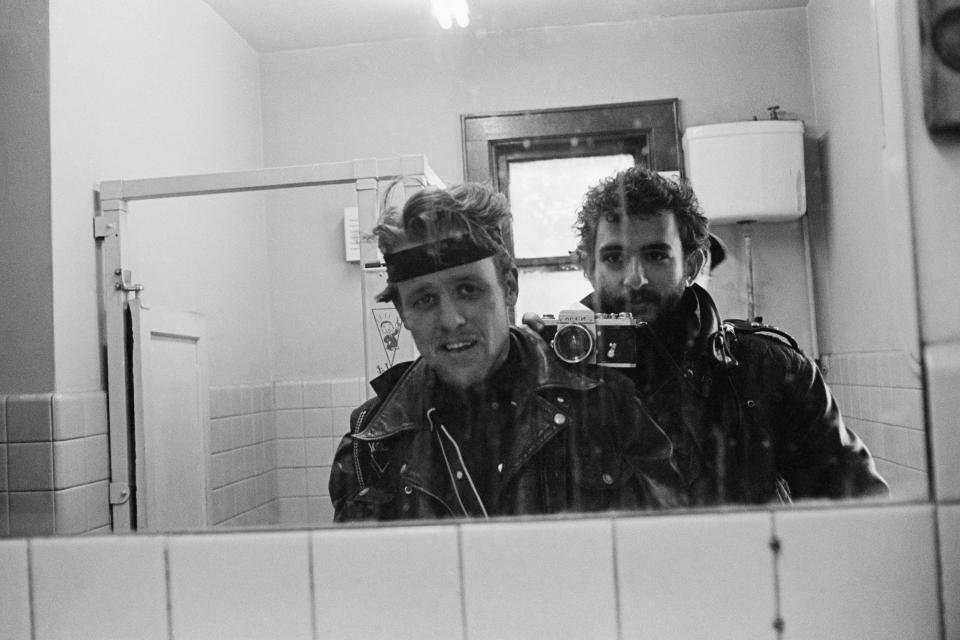
Does he think that America’s longstanding love of outlaw figures has turned toxic? Trump’s fanbase certainly seems to include a lot of biker types… “I agree,” he says. Just look at the perpetrators of the January 6 2021 attack on the Capitol, he says, “They look like a motorcycle gang. They’ve got crazy outfits, doing insane stuff.” He contrasts it with the March on Washington in 1963, the peaceful protest at which an estimated 250,000 people gathered to demand progress in passing the Civil Rights Act and heard Martin Luther King deliver his “I have a dream” speech. “How can you compare that to these animals? They were defecating inside the Capitol; they were stealing stuff. I don’t think the majority of American people are turned on by that.”
Lyon hastens to add that the -Chicago Outlaws he knew in the 1960s were nothing like this “bunch of animals…Nor is it what I portrayed. I’ve gotten emails from bikers, and they talked about how my work was really about freedom. You know, it wasn’t about -brutalising people and all this macho s---.”
The real-life Outlaws provide the characters for Jeff Nichols’s film The Bikeriders: Hardy plays Johnny, the leader of the gang; Butler, the tough and reckless Benny; and Comer is Kathy, the Chicago girl who falls in love with him. Lyon had always resisted selling the rights to his images for fear it would hurt the photographs, but Nichols made it clear from the beginning that he wanted to fictionalise the story – and “then he sent me the script. I have it here, it’s like 200 pages, a lot of speaking. And it begins with a really violent scene; I said, ‘They never did this!’”
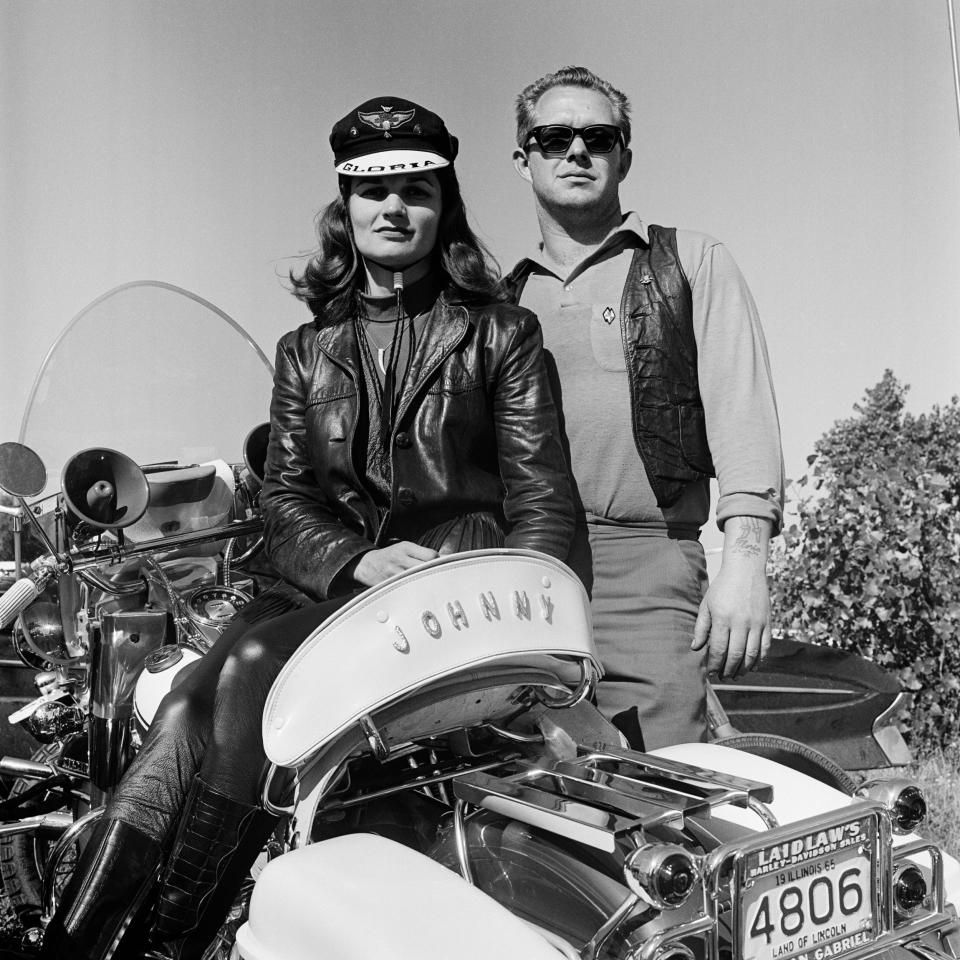
As played by Mike Faist, Danny in the film certainly seems a little more clean-cut than he was in real life. How did Lyon feel about that? “I hated it,” he says, “you’re totally right. It gets worse and worse.” He tells me a story. “I remember going to a biker funeral in Detroit when a girl committed suicide. I went to photograph it. Anyway, I was sitting in a bar with a couple of the girls and one of them says to the other, ‘You know, he’d be pretty cute if he washed his hair.’” He laughs before admitting that, compared to the bikers, “I was dirtier than they were. And I’m a f---ing Jewish kid from Queens. My father was a doctor.”
The truth is, he says, while riding with the Outlaws, “I think I was playing a role.” It allowed him to be accepted, although he points out, “I wasn’t the FBI or CIA; I wasn’t out to do good.” He was a risk-taker, a motorcycle fanatic, who had already built and raced his own bike, although, he notes, “they all had Harleys and I had a Triumph” – a 650cc TR6. But he says, “I really, really liked these people. And if they didn’t like me, I stayed away from them. Some of them were creepy, and I was afraid of them and I avoided them.”
In a 2014 interview, Lyon talked about how he ultimately became uncomfortable in the Outlaws and had a row with “this guy who rolled out a huge Nazi flag as a picnic rug to put our beers on”. Yet, he points out now, in his 1999 book Knave of Hearts he included an image of himself with his TR6 from the time, showing a German First World War Iron Cross decal on the side; while Cal, his closest friend in the club, “gave me a silver medallion with little swastikas on it. I wore that as a pin, and I wore a little crucifix on my outfit. It’s just decoration,” he adds. But in choosing the name of that book, he says he was aware that “a knave is someone who’s not completely honest or straightforward. You got to watch him.”
He embarks on another tale – “Here’s a very funny story,” he begins – explaining how Nichols restages some of Lyon’s photographs for key moments in the film: “He copies shots all over the place.” Lyon was determined to see the process with his own eyes, so headed to the filming location in Cincinnati. “They tried to keep me away, but I finally get there. And it’s f---ing freezing. I just want to meet Tom Hardy. And he gets [in position] and they say, ‘You can’t look at him.’ I said, ‘What do you mean? Why can’t I look at him?’ They say, ‘Oh, he doesn’t like it.’” Lyon sighs. “So they make me hide behind a tree and all this bulls---.”
He’s getting to the nub of it. “So they have taken a bar and totally recreated one of my photographs. And it’s so realistic, I get teary-eyed. I feel like I’m 25 years old, back in the bar. It looks exactly like it.” He starts to describe how Nichols recreated his famous 1965 photograph Benny at the Stoplight, which shows the blond biker wearing a singlet and leaning on a pool table, his head bowed. “And they do it 12 times, the same shot. It’s my photograph. They move in, they move in, and then Austin Butler, who is as handsome as God, lifts his head up and looks into the camera. That’s the shot!”
The story “gets good now”, he says. Lyon had tried to reach Kathy and Benny several times over the years, unsuccessfully, but when the movie came out in the US, it emerged that the couple had had a son, Kirk, who got in touch. Sadly, Kathy, Lyon discovered, had passed away, but Benny was still alive and living in Florida. “So I call Benny up. We have a great talk. He’s totally upbeat. And then he says, ‘Hey, you know the picture of me at the pool hall?’ I said, yeah. He says, ‘It’s not me.’ What? ‘Check out the tattoos. It’s not me.’”
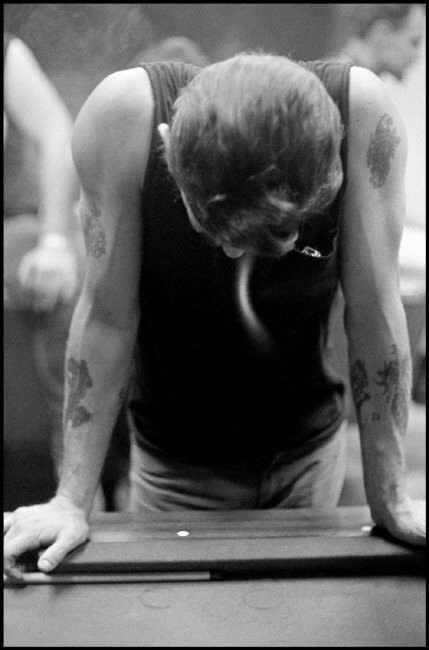
Lyon laughs. It was nice of Nichols, he adds, to show some of his original photographs at the end of the film, and he gives credit to Comer – who has been criticised by some for her Chicago accent – for absorbing his taped conversations with Kathy and catching her voice to perfection.
We chat about the rise of the smartphone, which means that, now, “everybody’s a photographer”. In some ways, he finds it “really annoying, because I spent my life avoiding photographers, real photographers with real cameras. I didn’t shoot anything that other people photograph. I didn’t like it.” This was true even of the civil rights movement, he notes, “I got there so early, there was nobody there.”
It was also a dangerous time, in which the activists of the Student Nonviolent Coordinating Committee (SNCC), Lyon included, had good reason to fear for their lives. His friend and future US congressman John Lewis was later beaten unconscious while crossing the bridge at Selma on the 1965 voting-rights march.
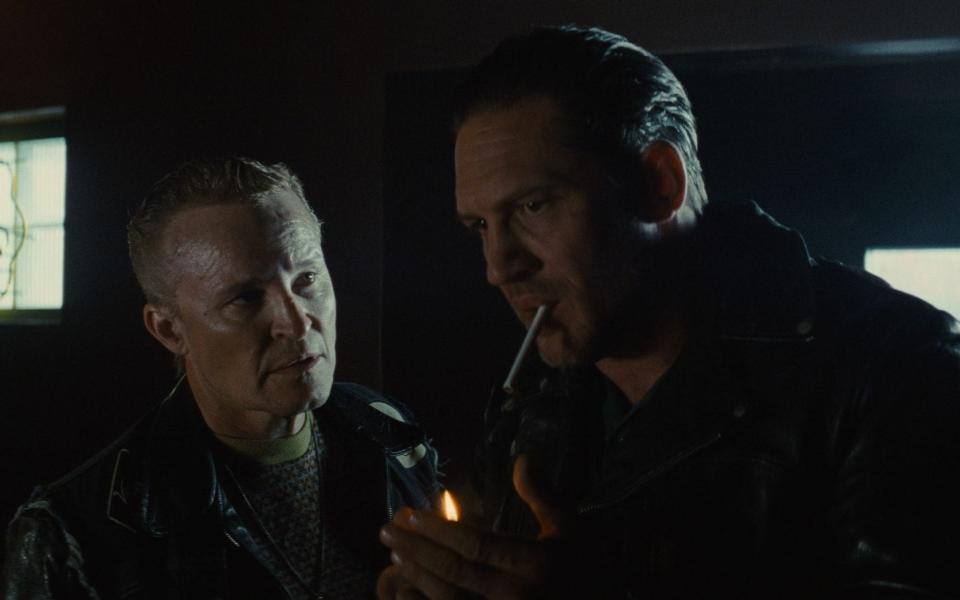
I ask him about the modern perspective adopted by those who suggest that, as a white photographer, Lyon could only frame the black experience through a white lens. “I’d like to strangle those people,” he says. He talks about the world of jazz, “which was a black invention – all over America in the 1950s and 1960s, it was totally integrated”. White jazz musicians, he insists, “weren’t white guys in a black world, they were musicians”.
When I suggest that he could always return to the educated white world from which he’d arrived, whereas for the black activists, the struggle against discrimination was inescapable, he swiftly points out that most of the organisers of the SNCC were highly educated, recalling, “On one of my earliest trips in Mississippi, and of course, I’m scared to death, there are four or five SNCC people organising, and they’re young. And the guy I latch onto is a Howard University student, Charlie Cobb.” Cobb would go on to become a journalist for National Geographic and is still, at 80 years old, a visiting professor at Brown University. “He’s just like me, only he’s a black kid. So there was nothing foreign or weird or anything, you know, we’re chattering away, very close.
“I knew Stokely Carmichael really well,” adds Lyon, who was there to witness the shift to a more radical stance in the civil rights movement. Carmichael coined the slogan “Black Power” and would later agitate to expel whites from the movement, as eventually happ-ened in the SNCC. “I wasn’t there for that. But I did see the writing on the wall.”
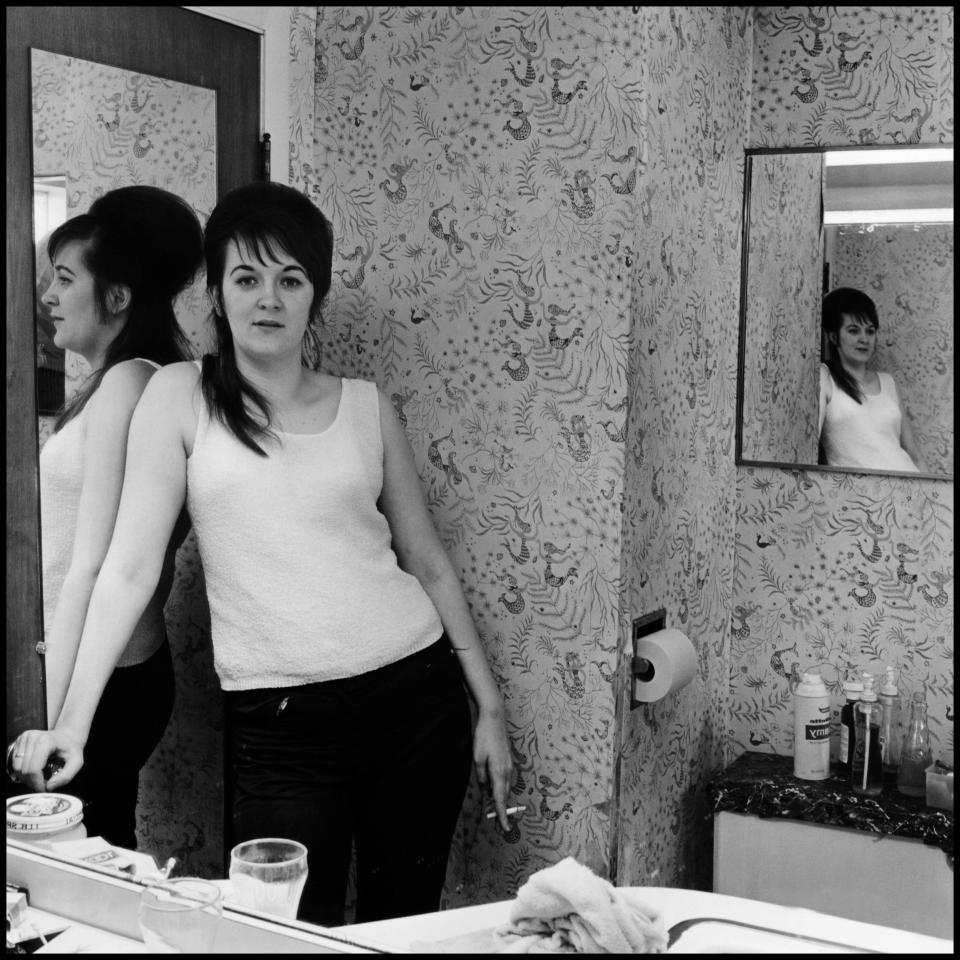
Lyon’s photographs bear witness to “one of the most extraordinary and positive moments in American history”, and shape our perception of the time. His memoir reveals him to be a die-hard radical artist. His WhatsApp profile shot of him sitting beside Muhammad Ali at a training camp for the boxer’s comeback fight in 1970 is a rare example of him accepting a commercial assignment for a British newspaper. When I note the para-llels between his career and that of Bob Dylan, whose links to the civil rights movement were superseded by his Triumph motorcycle--riding, leather jacket-wearing, Dylan-goes-electric phase, he replies, “What can I say? He’s a genius.”
He met Dylan several times, but Lyon notes, “people really didn’t care about photography then. We did not become celebrities, we didn’t become superstars, we weren’t even successful: I couldn’t make a living for 30 years.” It was a tough road for a father of four, but he adds, “Dylan sold the rights to his work. That kind of makes me jump, because I don’t think I’ll ever do it with my work, or let my children do it. That surprised me.” No sell-out, no compromise.
This Is My Life I’m Talking About by Danny Lyon is out now. The Bikeriders is in cinemas from June 21